Happy Birthday to Windows 95 and Windows XP (editorial)
4 min. read
Published on
Read our disclosure page to find out how can you help Windows Report sustain the editorial team. Read more
17 years ago today, Windows 95 was released. Since then, many changes have taken place to the Windows operating system, especially since we’ve been waiting the release of Windows 8 to retail stores.
In the first five weeks of being released, Windows 95 sold over 7 million copies. If you think of it, the personal computer wasn’t as popular or as upgradable about 17 years ago so 7 million copies sold in that amount of time is amazing.
Windows 95 had built-in internet support and plug and play. As Microsoft was trying to move over to hybrid 16/32 bit support, they did so successfully. Over 80% of PC’s at the time were running MS-DOS and previous Windows operating systems, so the upgrade was worthwhile. While Internet Explorer wasn’t directly included in Windows 95 when it was released, Internet Explorer 1.0 (only found in Microsoft Plus!) or Netscape Navigator could be used to surf the net. This evolved into an antitrust case between the two companies.
According to a website that provides history and insight of Microsoft, “To run Windows 95, you need a PC with a 386DX or higher processor (486 recommended) and at least 4 MB of RAM (8 MB of RAM recommended). Upgrade versions are available for both floppy disk and CD-ROM formats. It’s available in 12 languages.” Think of the new specs for Windows 8. You need a Pentium 4 or better, with at least 1 GB of RAM (512 MB minimum). You need over 130 times the amount of RAM now then you did then in order to run Windows.
Introducing the start menu and taskbar, Windows 95 drastically changed the user experience forever. Later, all Microsoft did was improve Windows, but keeping everything that Windows 95 but made it easier to use. Microsoft was working on Windows Nashville, dubbed Windows 96, but that plan was later scrapped into Windows Desktop Update which was included in Internet Explorer 4.0 which gave Windows 95 the Web Interface. Instead of Windows Nashville being released, Windows 98 was released. Windows ME was the last release of its kind because the kernel was not as reliable as the emerging NT kernel. As stated by Microsoft, “Windows Me was the last Microsoft operating system to be based on the Windows 95 code base.” For the future, all operating systems will be built on the NT kernel, or the Windows 2000 codebase.
Windows XP bridged the gap between 9x and NT and surpassed Windows 95’s sales. After the lengthy development of Vista, it was released but was not as popular as XP, so when Windows 7 came out, it sold more copies than any version ever released, and “by the fall of 2010, Windows 7 is selling seven copies a second—the fastest-selling operating system in history.”
Windows 8 has neared its completion marking the end of an era. The start menu is no more, but it introduces a new line of ways to use the computer. The start screen has replaced it, but we still have the taskbar, and the maximize and minimize buttons that were included for the first time in Windows 95.
Windows 95 support ended on December 31, 2001, as did all older versions of Windows from 1.0 to NT 3.51.
Enough with that. Happy Birthday Windows 95. Your legacy will be known forever.
It wasn’t only the birthday of Windows 95, but it’s also the same day as Windows XP RTM’d back in 2001.
11 years ago today, a star was completed. That star, was Windows XP. Over the next 11 years…including the present, Windows XP was and still is the most widely used operating system in the world. Even after the releases of Windows Vista and Windows 7, it continues to rank highest (for now at least.)
Last month according to BGR, Windows XP had a market share of 42.86% while Windows 7 had a market share of 42.21% which means that Windows 7 is closing in.
Windows XP was released to the manufacturing on August 24, 2001 and was then released to retail and was being sold starting October 25, 2001. Windows XP bridged the gap between the NT and 9x brand of operating systems, to push consumers and business users to using the NT codebase (from Windows 2000) instead of the old, unstable, and outdated 9x codebase used with MS-DOS.
Supporting tons of hardware and games, Windows XP had it all. Connecting to the internet was a breeze with built in wireless support. In all, there are three service packs and it is currently in extended support. Complete support for those who continue to use it with service pack 3 will terminate on April 8, 2014. Microsoft
While Windows XP was the most widely used operating system, it was prone to viruses, malware, and trojans. The releases of Windows Vista and Windows 7 fixed those security flaws.
Happy Birthday to you too, Windows XP!


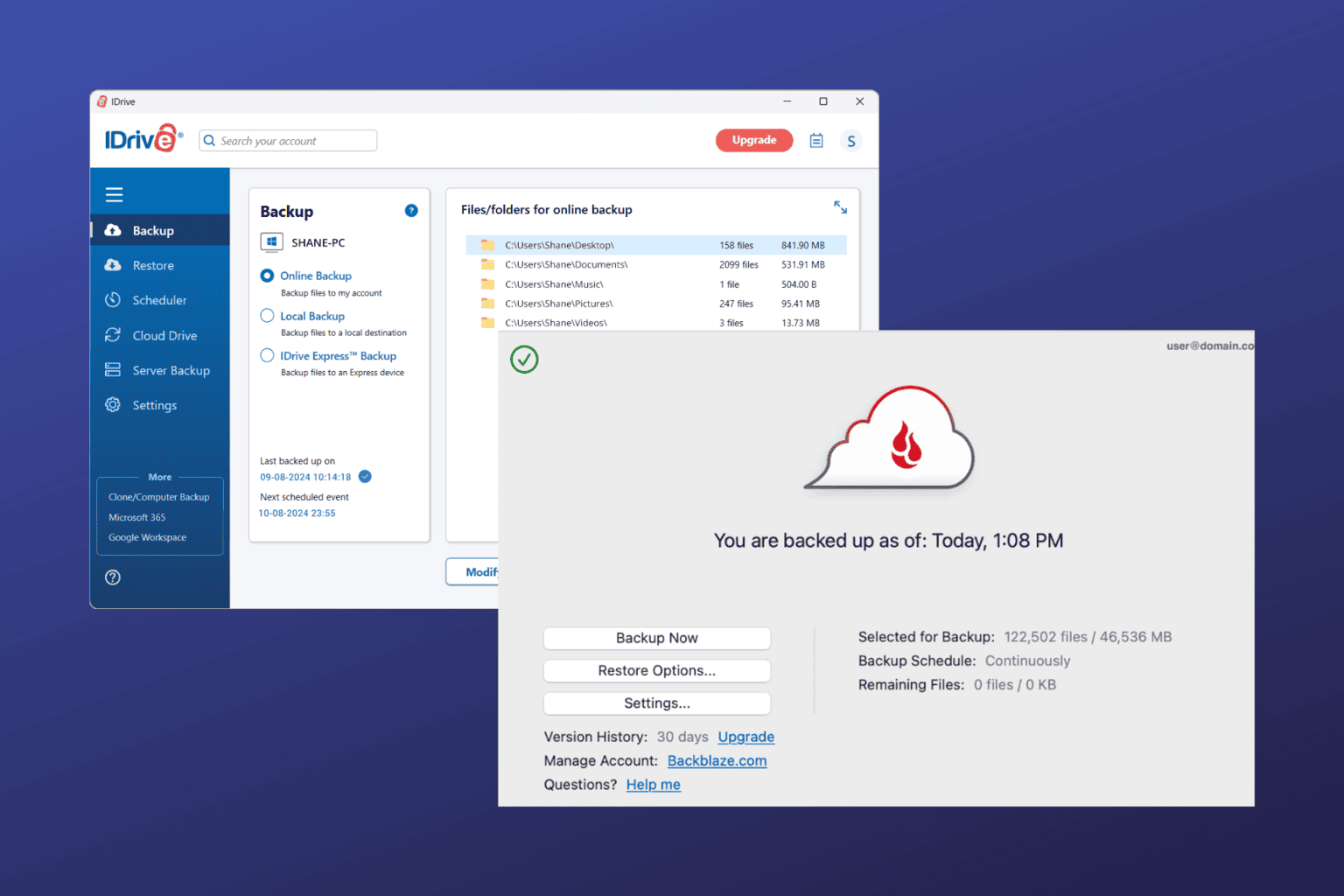
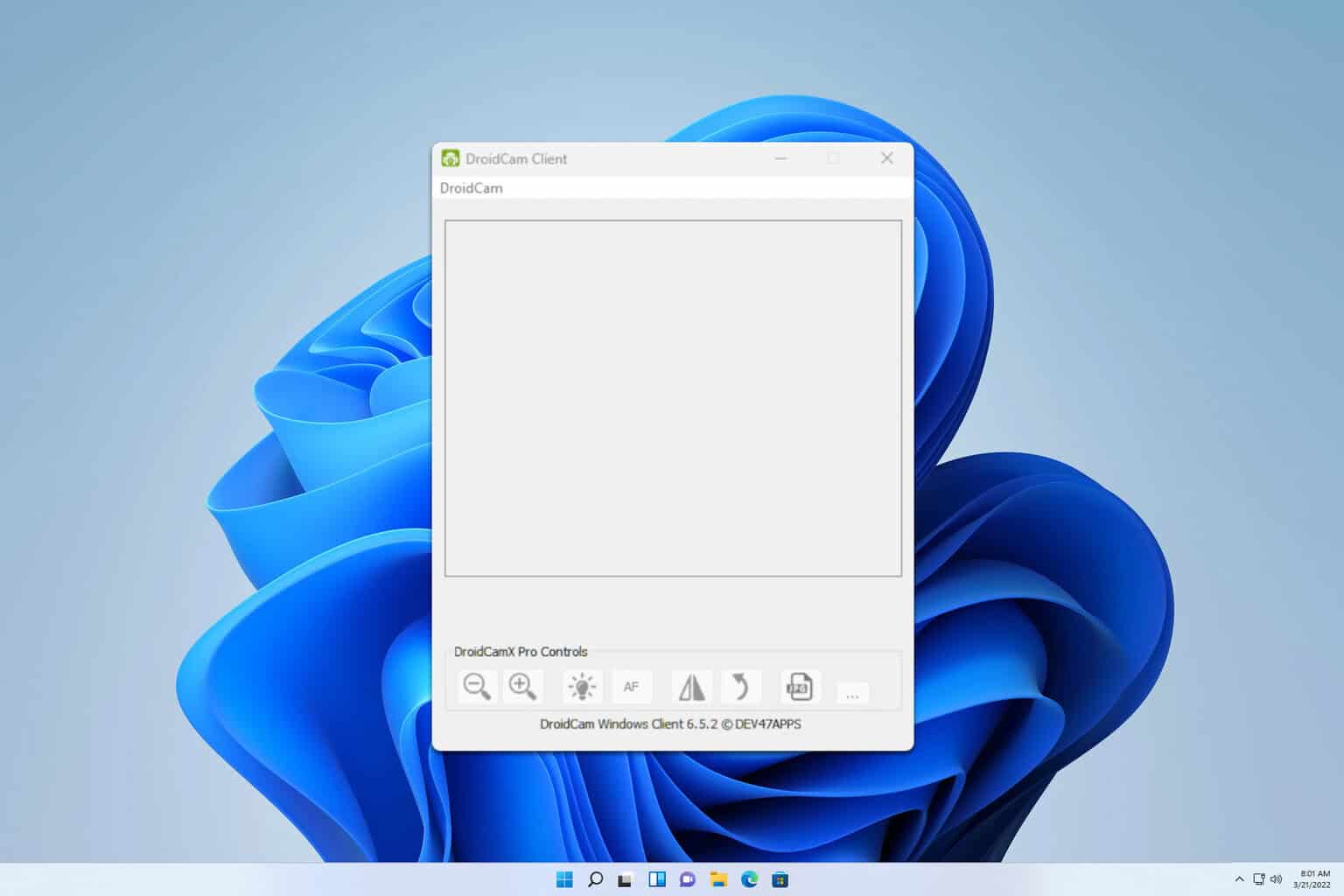
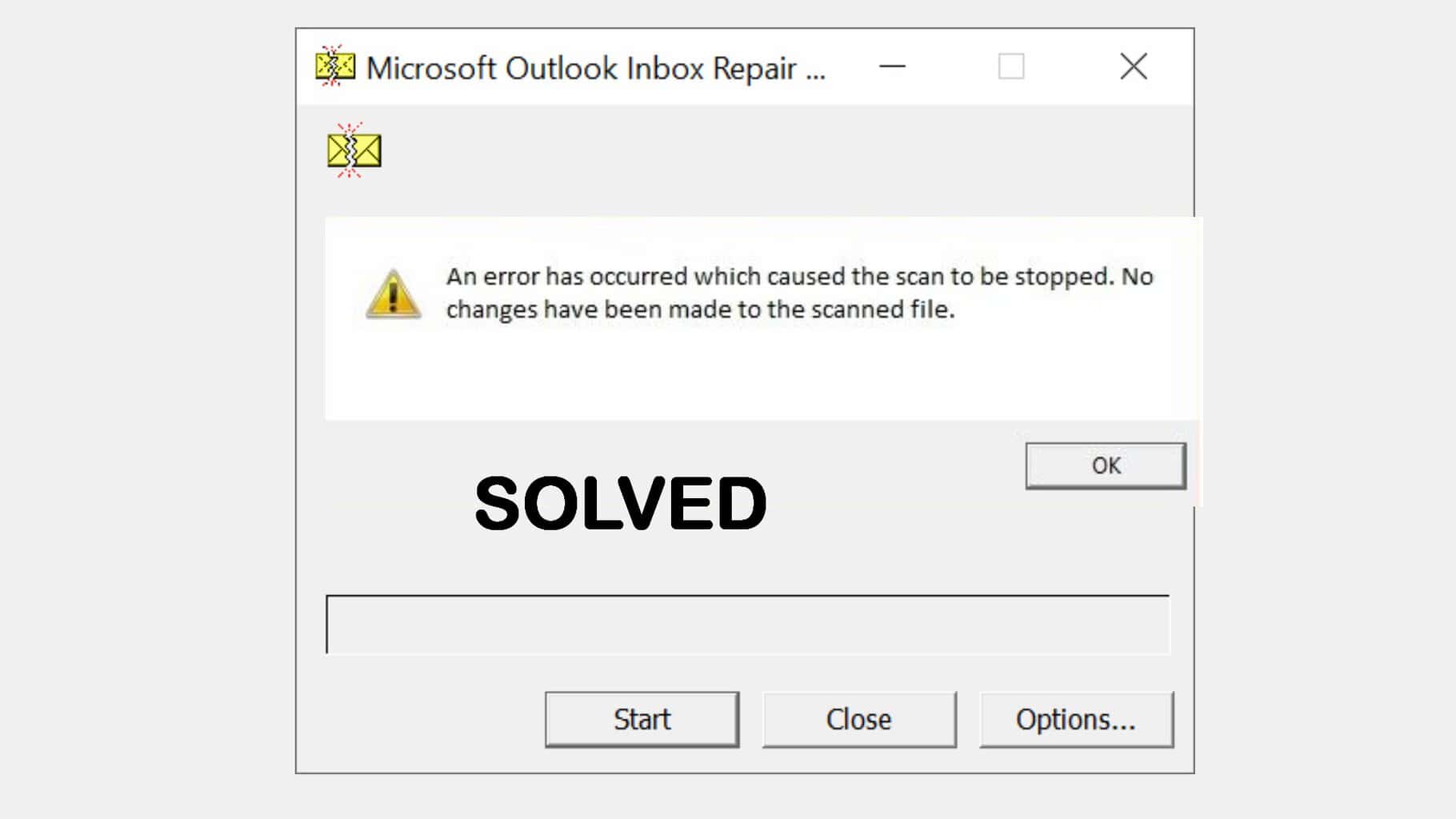
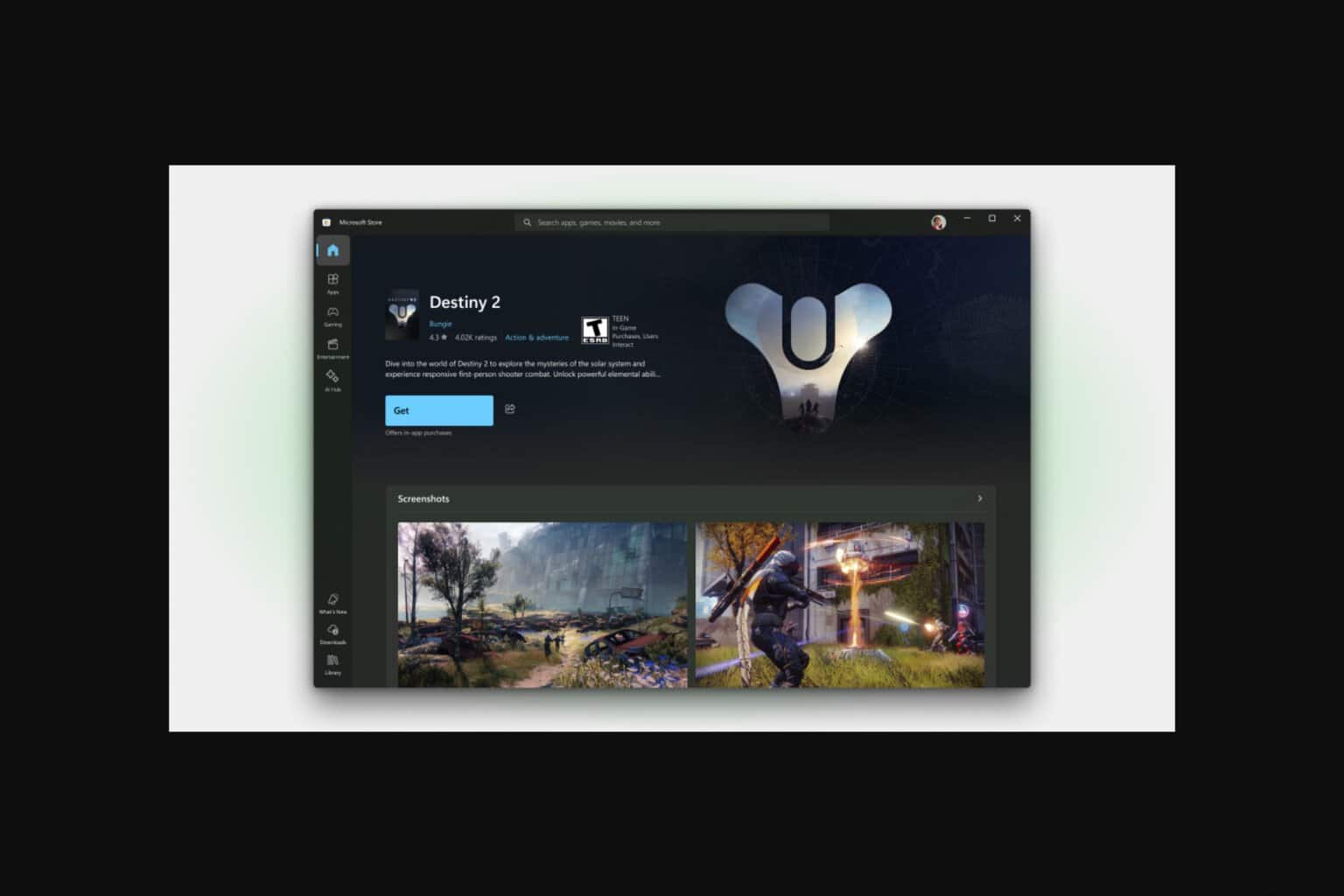

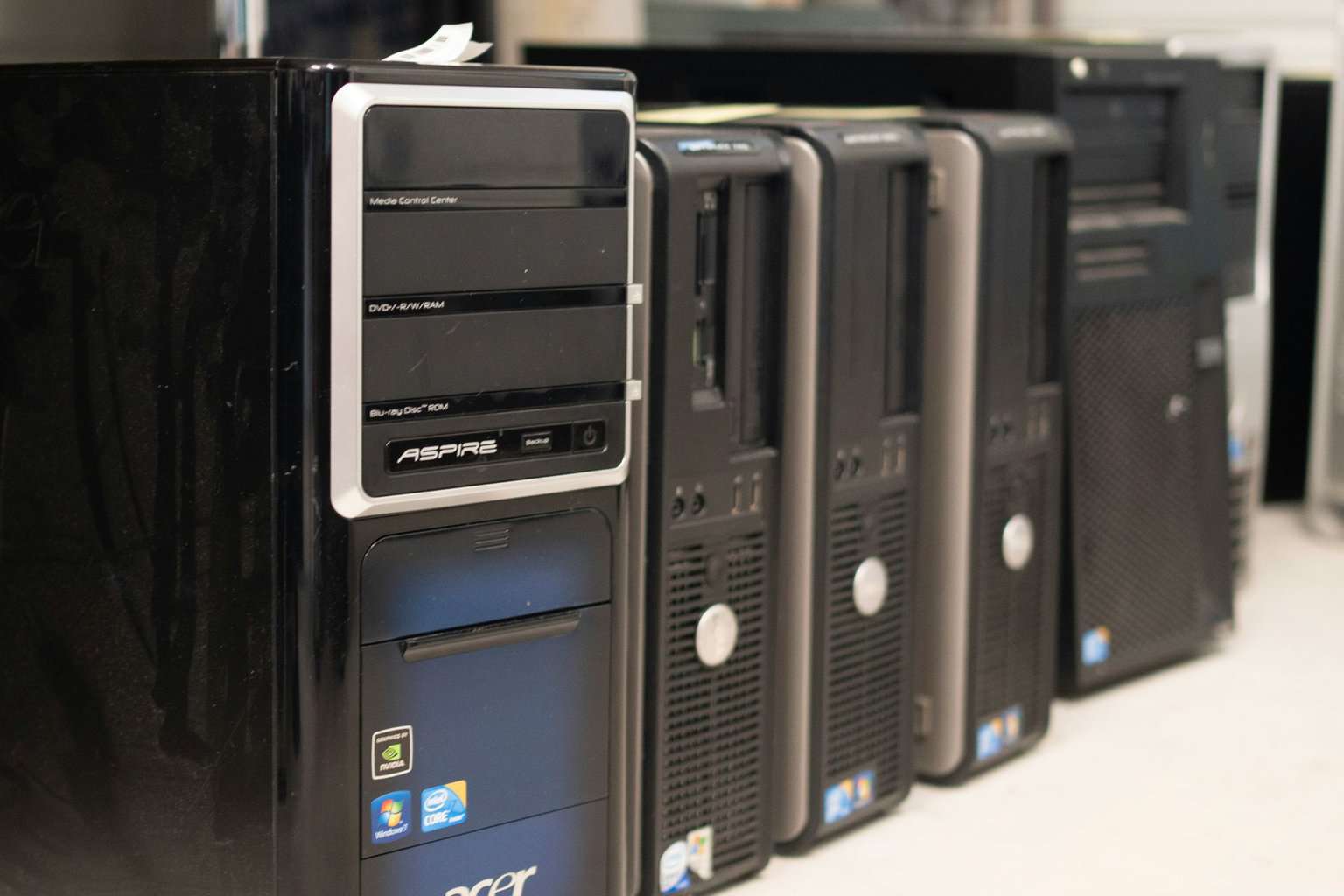
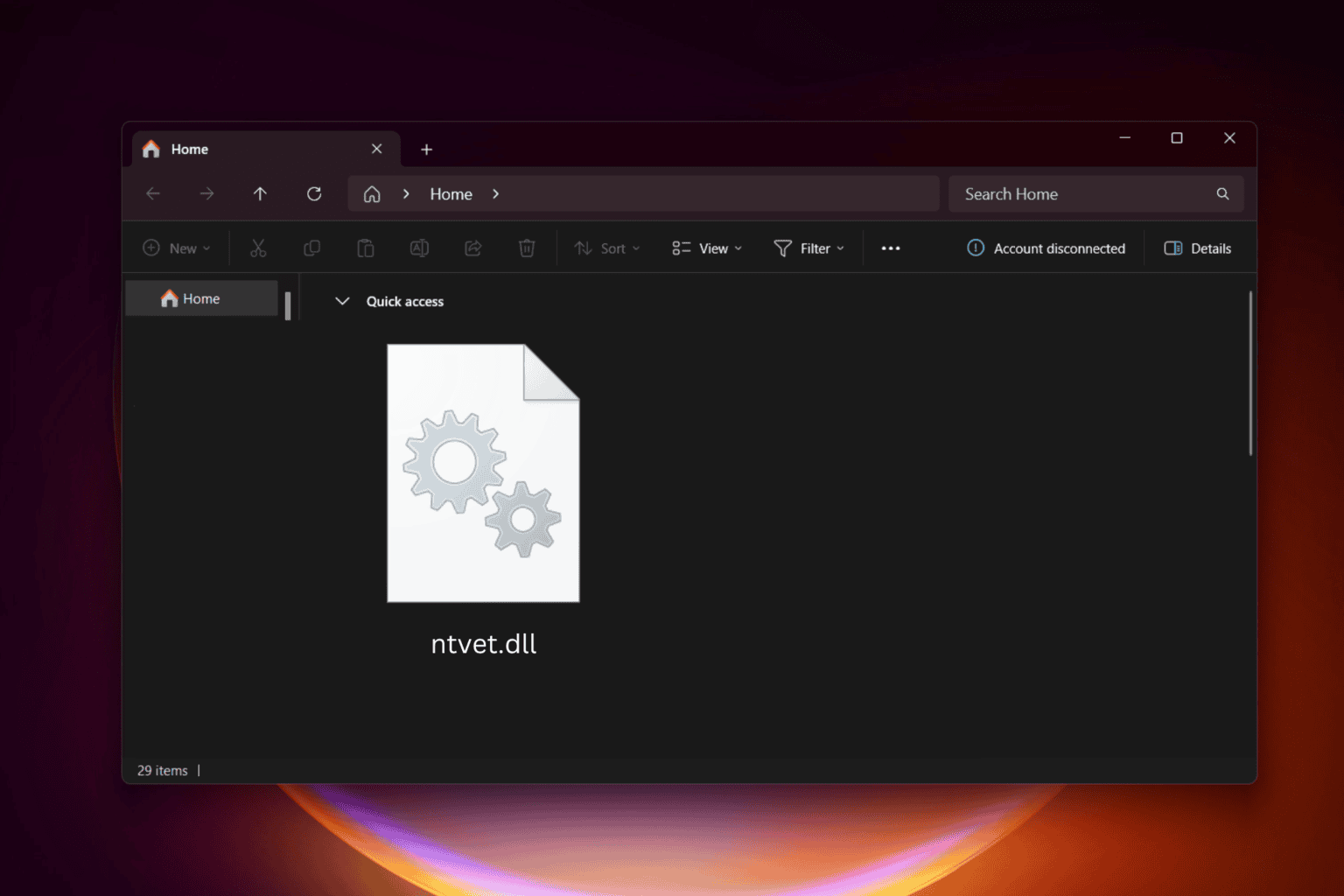
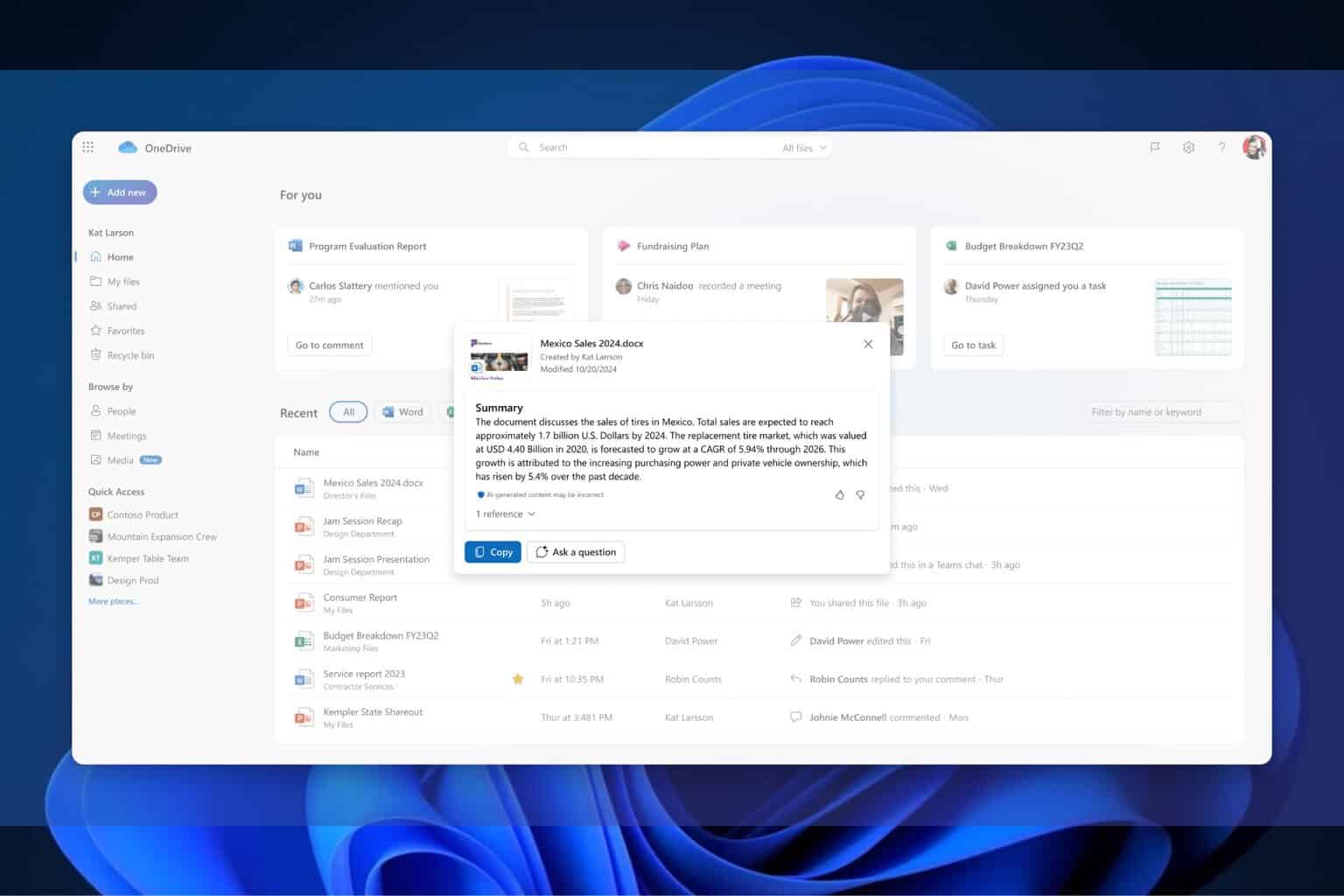
User forum
0 messages